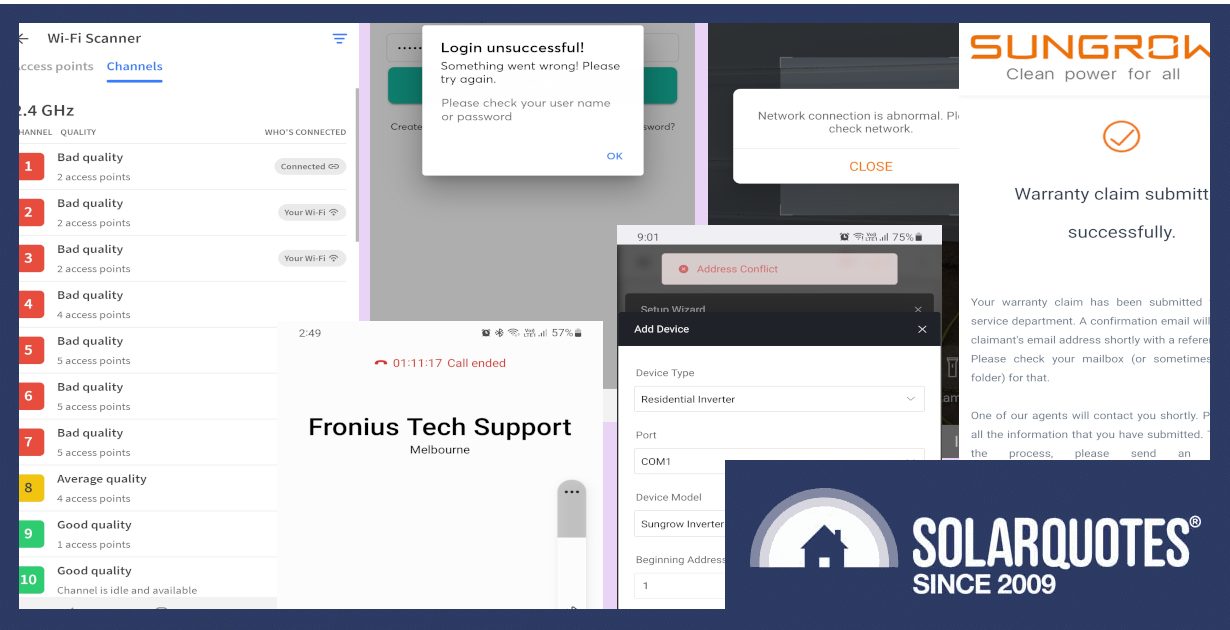What Solar Installers Want From A Solar Inverter
I asked fellow installers what they wanted from a solar inverter, and they answered decisively:
More current, please.
We need inverter DC inputs that handle more amps. That’s the biggest single wish expressed in my latest informal poll. However, unlike my other recent poll on what installers want from solar panels, many more options and opinions were expressed.
Forty-two votes, or 15% of the respondents, nominated what we already know has become a problem with solar power of late. The latest generation of panels have grown into monsters, with current output in the 10 to 15 amp range. Sadly, inverter manufacturers haven’t kept up with the rising currents.
A Potted History Of Solar Panel Current
In and of itself, more current isn’t a problem. But the failure of inverter manufacturers to follow up with higher current capabilities is now translating into electrical design problems for installers on the front line.
This isn’t an entirely new problem, I installed systems around 2010 with Evergreen brand modules, which were half the voltage and twice the current of everything else. At 22 volts open circuit, they were excellent for building what were at the time “big” 5kW systems in one string, (amazing!) – but terrible for “normal” 2kW arrays because most inverters topped out at 10amps input. The SMA SunnyBoy 1700 was the only inverter capable of 12 amps and a low enough voltage to start in the morning.
As system sizes grew, panels changed electrical characteristics and physical size. In round figures, the average module was 200 Watts, 5 amps, 45 (open circuit) and 36 (nominal) volts. They changed to 250 Watts, but at this point, they also dropped to around 38 (open circuit) and 31 (nominal) volts, while current increased to 8 amps.
Split Cell Panels Push Currents Even Higher
When so-called split cells or “half cut” solar panels were introduced, the wiring connections moved from one end to the middle of the panel because you now had 2 panels under the same sheet of glass. With twice as many cells, the voltage could be maintained, and the current doubled. What really improved was that shading a cell would only hobble 1/6th of the panel.
The point still remains though that there are two classes of panel. The 45VOC / 5 amp 72-cell modules have grown to 50VOC / 10 amp and 144 cells; which I’ll refer to as a high voltage – low current. The more problematic module is the 60 or 120 cell variant because they end up being 39VOC / 13amps. So with 30% more current, these units are too much for many inverters once you apply the Australian rules for a 1.25 multiplier.
And despite being helpful for the silly Australian 600V system ceiling, the lower voltage solar panel begins to be its own pain in the backside because you only need 16 panels for a 6.6kW system. Two strings of eight panels don’t make for a very high input voltage, which in turn makes the inverter inefficient and to make matters worse, the low voltage and inability to parallel on some inverters make the electrical design even less flexible if you have small roof spaces or multiple orientations.
Technical Support Matters
This is a story about solar inverters isn’t it? Except the next most popular point from the installer community wasn’t about the hardware, it was about support from inverter makers. In fact, combined, this is the most important point.
- Please can we have actual technicians on the helpline, not just script readers? That particular point garnered 12% of responses. Firmware being up to date would be nice; but above all else, help desk people who understand that sometimes you need to drop the script and listen to what the guy on the ground is saying.
I will add that a decent set of instructions doesn’t go astray either. When you get a small booklet with tiny text and quaint English translations on pages alternately printed upside down, it creates doubt. Even more frustrating is when you need to take photos and enlarge diagrams to get a smart meter pinout from a picture, because the text doesn’t actually describe the connection.
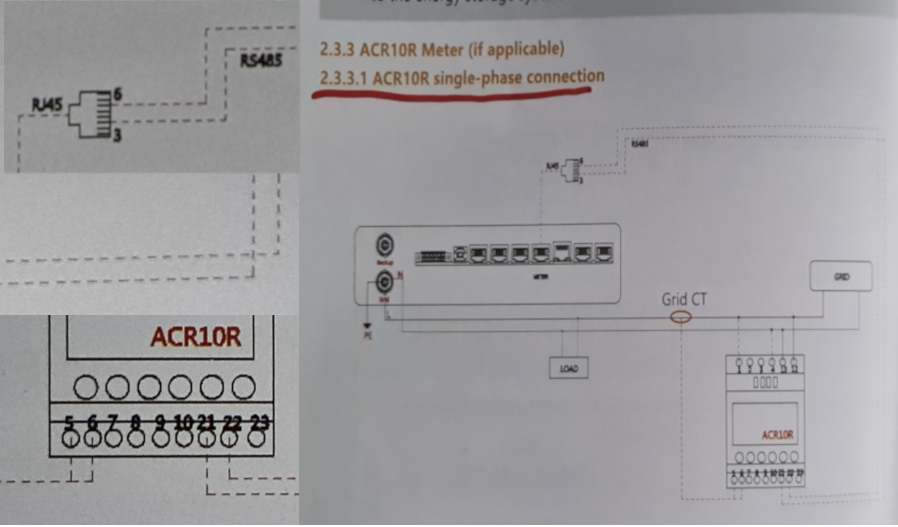
That page isn’t even A5 size and is unreadable without assistance. Added to the dismal phone support, you’ll understand why many reputable operators don’t sell AlphaESS. Oh, and the “off grid” installations shut down and leave you with no power when they decide to run a firmware update periodically.
I have had this experience first-hand, and it’s laughable when you ask the tech line person a basic question about connecting a consumption meter and the answer is ambiguous. So, you rephrase it to ask the complete opposite question, and the answer remains the same. Let’s rephrase that a third time…
Worse still are the ones who don’t listen.
Nothing is more frustrating than help desk people who don’t understand what the tradesperson with the complaint is saying, or if they refuse to hand you up the food chain to the guru who does speak fluent electrical.
Often the technician with the problem has years of experience and has already performed all the tests, procedures, power cycles, apps, websites, WiFi connections and is tearing some hair out; hoping this unit isn’t dead on arrival and needing a warranty replacement.
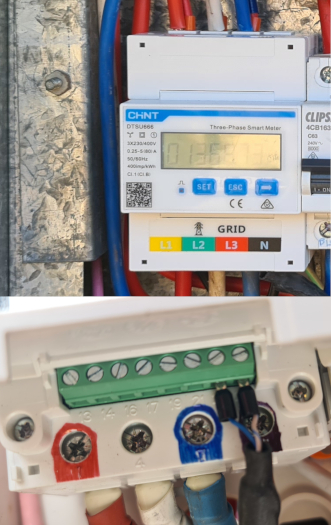
Green with yellow are sacred colours for protective earthing in Australia, but they’re printed on the cover as phase colours from China. Plus, there’s no real indication about how to connect the neutral, so you ring up tech support when doing the first one.
Warranty Support
We all know there will be failures occasionally, and solar installers would like better systems and processes to diagnose and claim warranty.
In my experience Fronius are brilliant; you can lodge claims online or via tech support. They will freight a new unit to get the customer going again, and you can argue about what’s gone wrong later. Fronius also have a repair mentality designed into the inverters from the outset, so authorised service partners carry spare parts and can swap components on-site to repair your inverter.
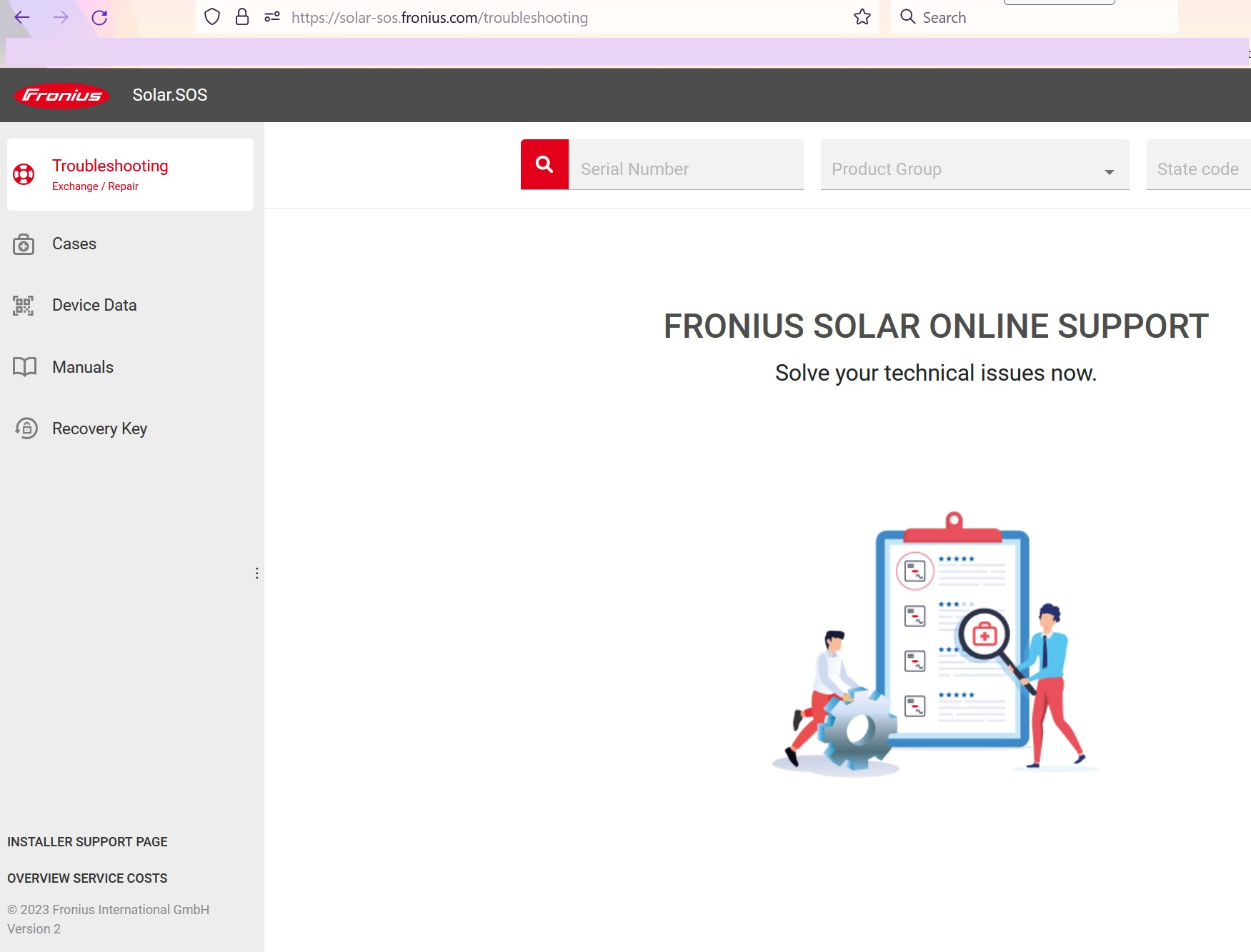
SMA is similarly good with inverter warranty. From the few times I’ve had to use it, the process of getting an RA, getting a unit shipped and swapping it over to freight the dead one back is seamless.
SolarEdge, not so much. I’m reliably told they keep asking for photos of units, photos of serial numbers and photos of figures obtained when testing. Then they can lose the images and ask for them a second time while refusing to ship a replacement inverter in a timely fashion. They promise a 12-year warranty, but there is some rancour in installer ranks about having to do multiple visits and being left out to dry with irate customers having systems broken for months at a time.
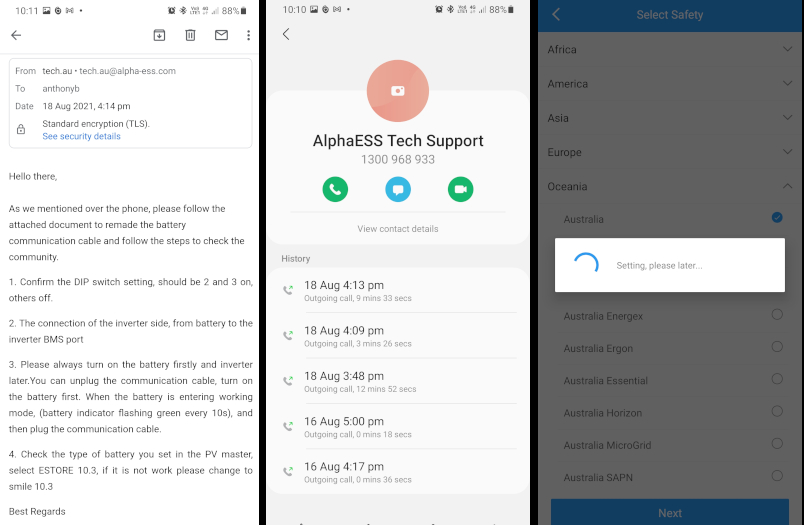
After you’ve correctly re-terminated the wrong cable we sent you, go through some poorly worded instructions and then “setting, please later…”
There are better and worse stories from various inverter manufacturers. Still, it’s always worth asking your installer: have you ever had to claim a warranty, and do they pay a realistic amount for travel and labour? Some manufacturers pay nothing, while others are so good that installers willingly take up warranty jobs outside their normal operating area.
Dear God, Wi Do You Fi’sake Me
I have joked with the customers that once the job is finished, we have to go and get a goat to sacrifice to the WiFi gods. While GOATs always wire the best connections with data cable, few people want to pay for the extra effort.
I have often lamented it would take us less time to run the cable than buying a repeater when there is a problematic WiFi network. I will call Fronius out here for having a communications card that is a bit weak compared to other devices. It would be nice to have an external aerial option.
Monitoring is a boon, though. In many cases, it’s required by law to be the “actionable alarm”, which is called for in AS/NZS 5033:2021, 3.5.3(a). However, monitoring helps everyone by keeping track of not just yield but electrical behaviour as well. If there are questions about yield, they can be answered by records kept by the monitoring platform. If there’s a failure, then the time can be pinpointed and the warranty honoured, or blame can be apportioned
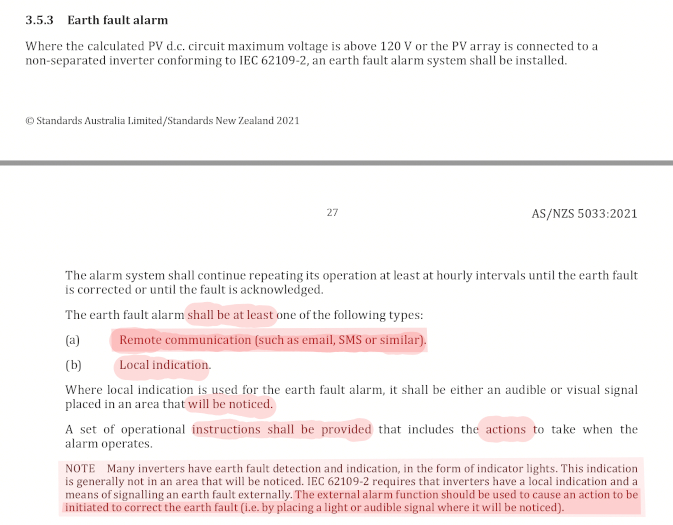
What would installers like? Better WiFi, stronger signals, and monitoring that sets up without leaving you wondering if the app has crashed or whether it’s just taking its sweet time.
Believe it or not, I travelled with a WiFi extender, two phones and two PCs. Occasionally you would get a device that just refused to talk to one computer, (try another device, says tech support), or you would need an online manual displayed on one while you worked on the other.
Commissioning sometimes relied on a solar inverter being hot-spotted to a phone (instead of the customer device) while you used your primary handset to call tech support and the PC to launch a configuration file. We all miss the days of a hard-wired appliance with just 3 AC connections and a pair of DC plugs.
Shaky Smart Metering
We all hope that hardware will soon exist to enable wireless consumption monitors or connect via powerline comms. As batteries become common, DNSPs demand export limits, and we inexorably move toward flexible dynamic control of solar exports, consumption monitors are becoming the rule rather than the exception.
They’re simple enough to do initially but can be expensive to retrofit because running a cable through the roof is never fun. If only they could be connected wirelessly as Tesla does with the neurio unit to measure legacy solar.
Utility Metering Should Be The One Source Of Truth
With the advent of retailer responsibility in electricity metering, the so-called “power of choice” rules, the electricity industry is cursing everyone involved and making everything worse. From a solar perspective, we have to herd more cats and hope that everyone rocks up on the right day in the right order.
I have seen when the two-bit retailer drops the ball, the meter installer doesn’t show, and a solar installer is on the hook for a night’s hotel accommodation and a freezer full of food because the DNSP refused to hook up an unmetered supply once all the electrical work was completed.
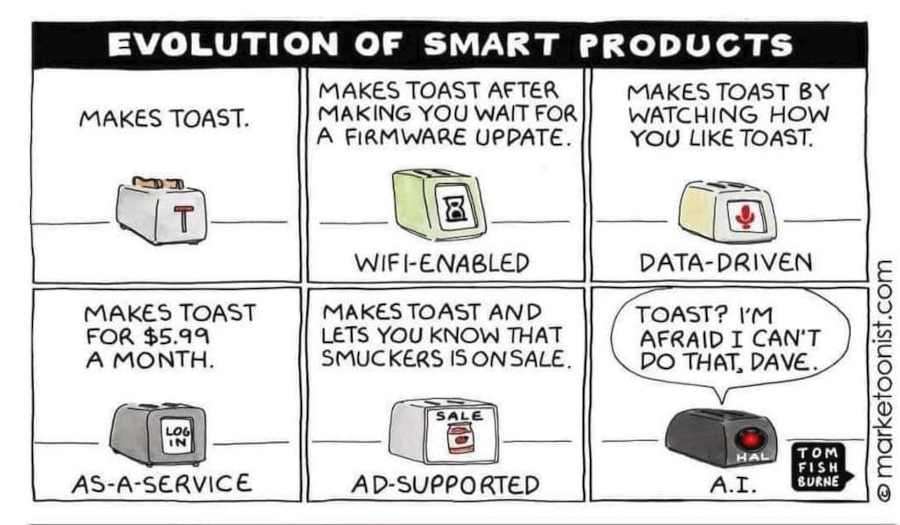
We haven’t got to add supported solar yet, but subscription monitoring and data-driven hot water diverters are here already
What does this have to do with inverters? Well, it would be nice, easy, secure, reliable, cheap, uniform, and less prone to failure if the legally required solar monitoring and export limiting hardware was hooked up to the legally required retail meter.
I hold some reservations about the largest aggregated generator in the country being largely controlled by dodgy customer-owned WiFi. When the router, the telco, the tenants, or the owners are changed, then nobody cares or even knows about the solar power system. If the Netflix works, it’s all good, isn’t it?
Original Source: https://www.solarquotes.com.au/blog/solar-inverter-installer-wishlist/






